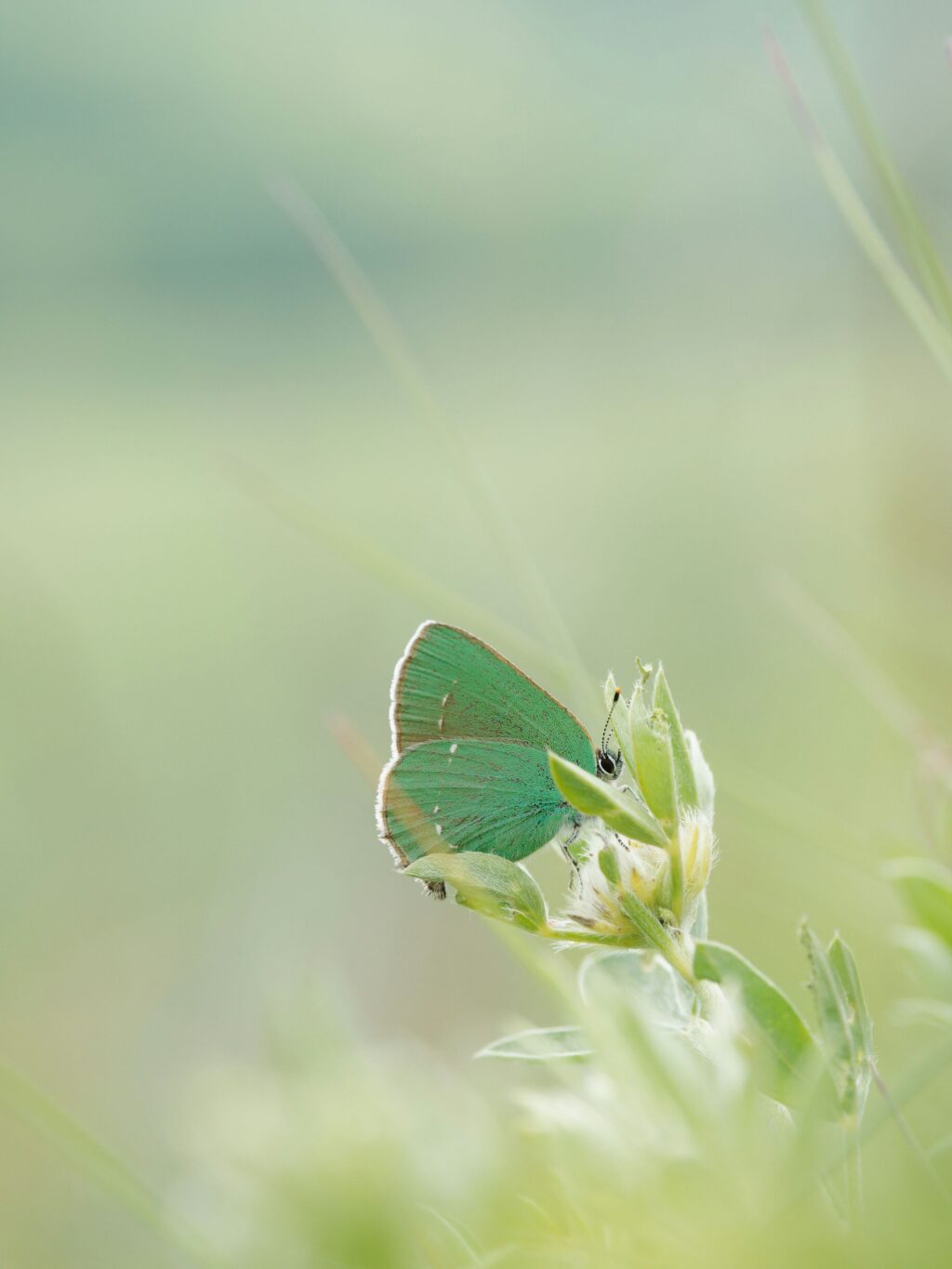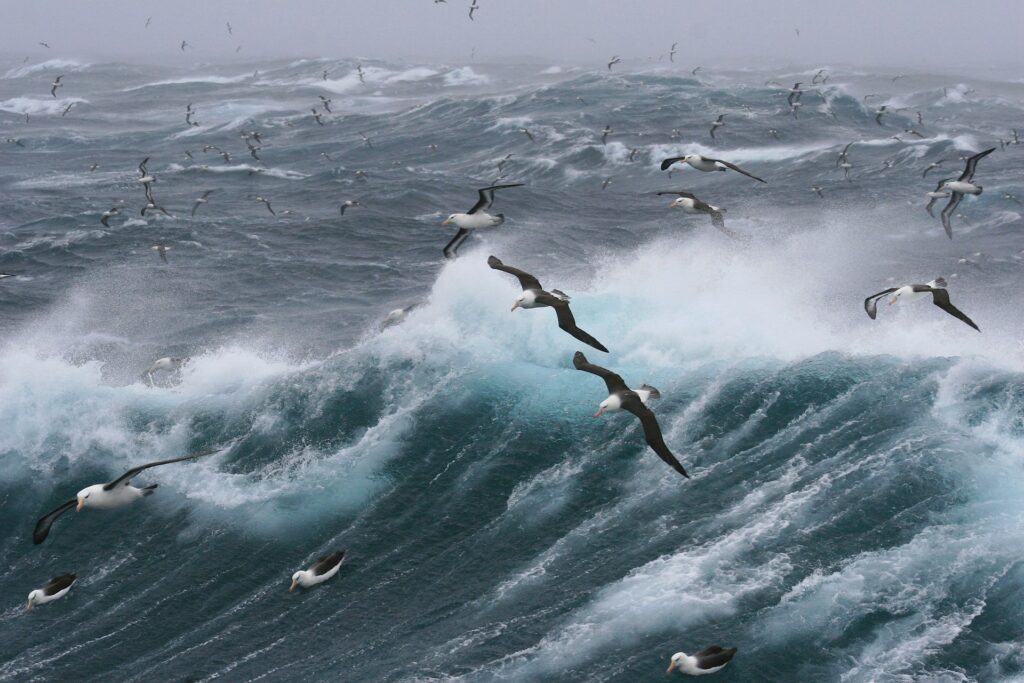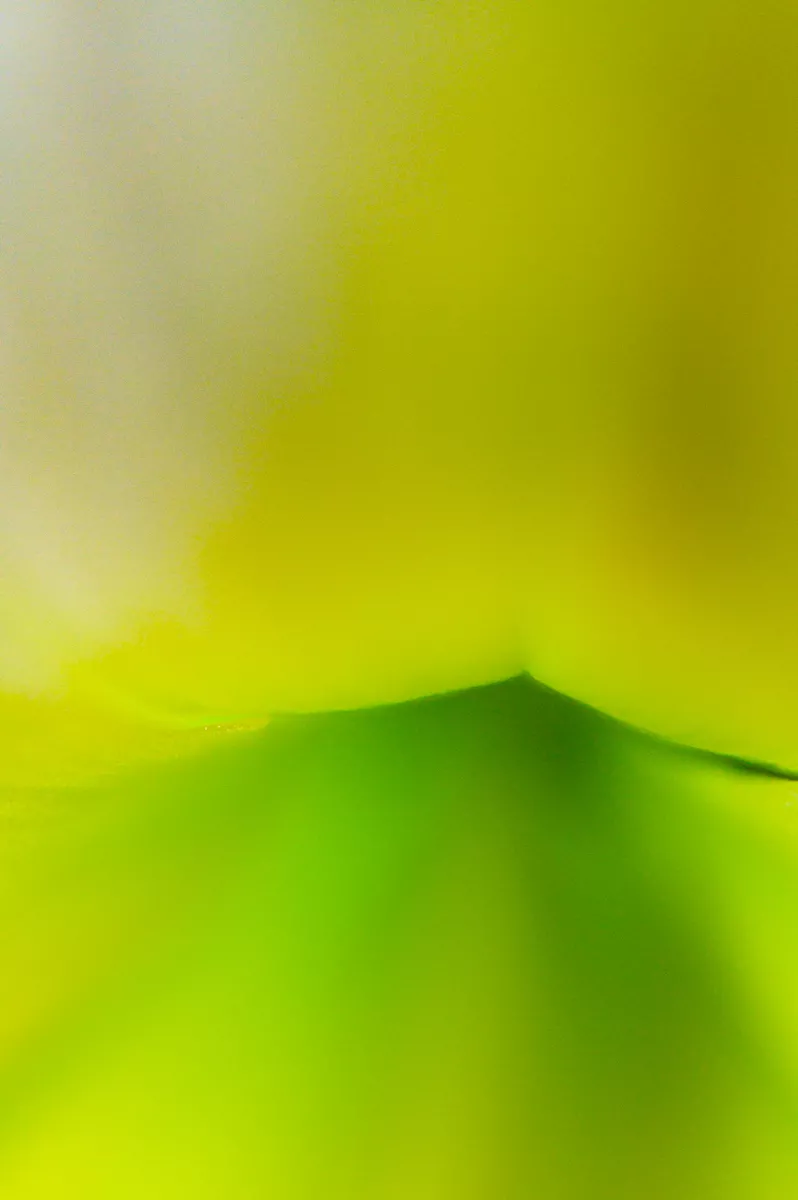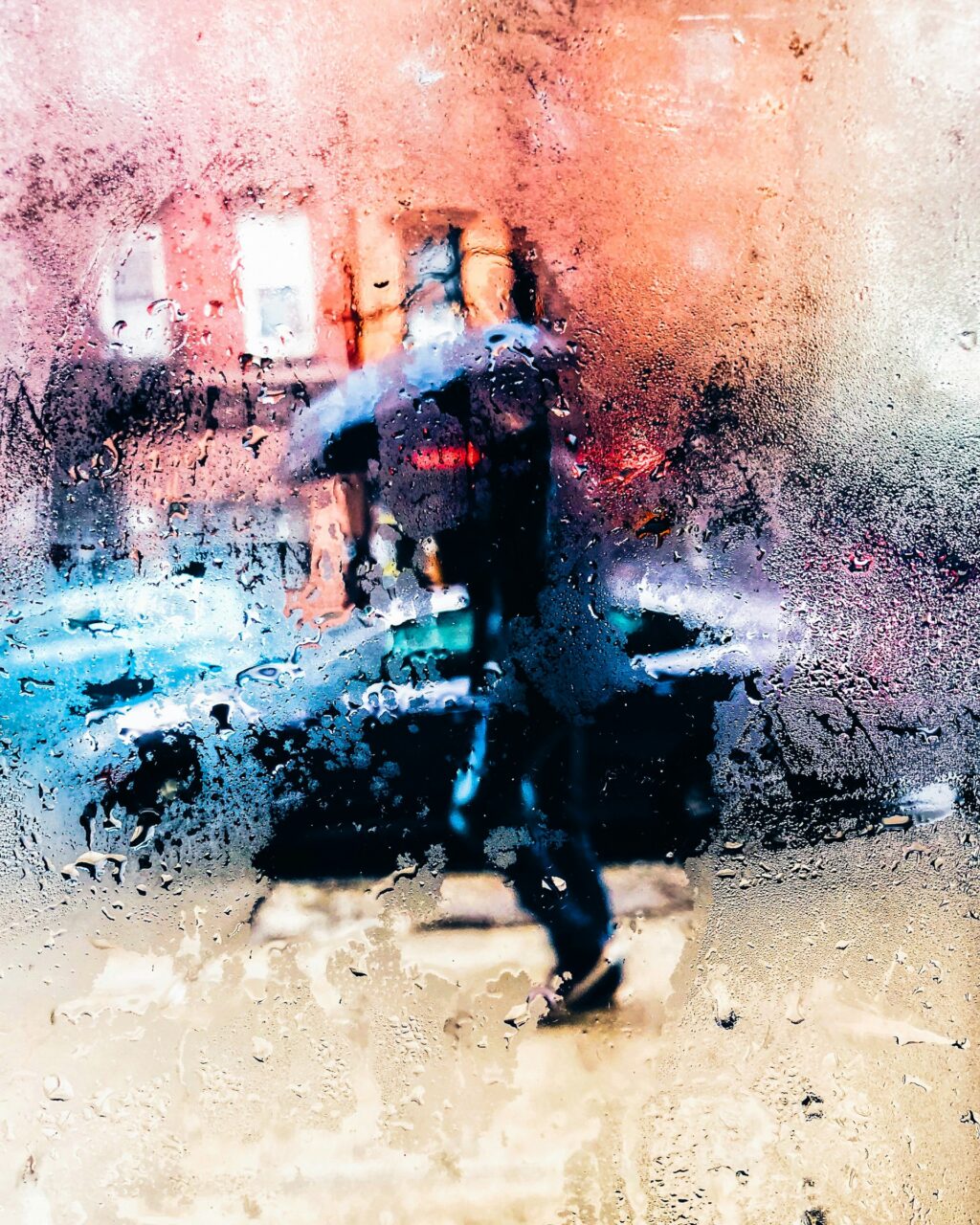Landscapes are one of the most popular genres amongst photographers and it can be one of the most difficult to master in terms of light, exposure, composition, and other techniques. When starting out with landscape photography, you can start with minimalism in mind, so you learn to carefully observe one part of the landscape or one element in the landscape and then add one or more surrounding elements to compose the shot. This will help you to work with colors, master composition, and compose shots that are neat and impactful.
For minimal landscapes, choose any area of interest or places close to your home. It could be a mountain, waterfalls, meadow, beach and other coastal areas, deserts, etc. You could try various perspectives including aerial and also photograph a particular scene during different times of the day and different seasons. As much as possible, include a strong focal point and this could even be the light, a bright color, an action, or another interesting element in the scene.
If you are looking to learn about light, colors, composition, and other techniques relating to landscape photography, then we recommend you to take a look at Kent DuFault's guide to landscape photography. It covers all the techniques right from the basics to help you take breathtaking landscape photographs like these and more.
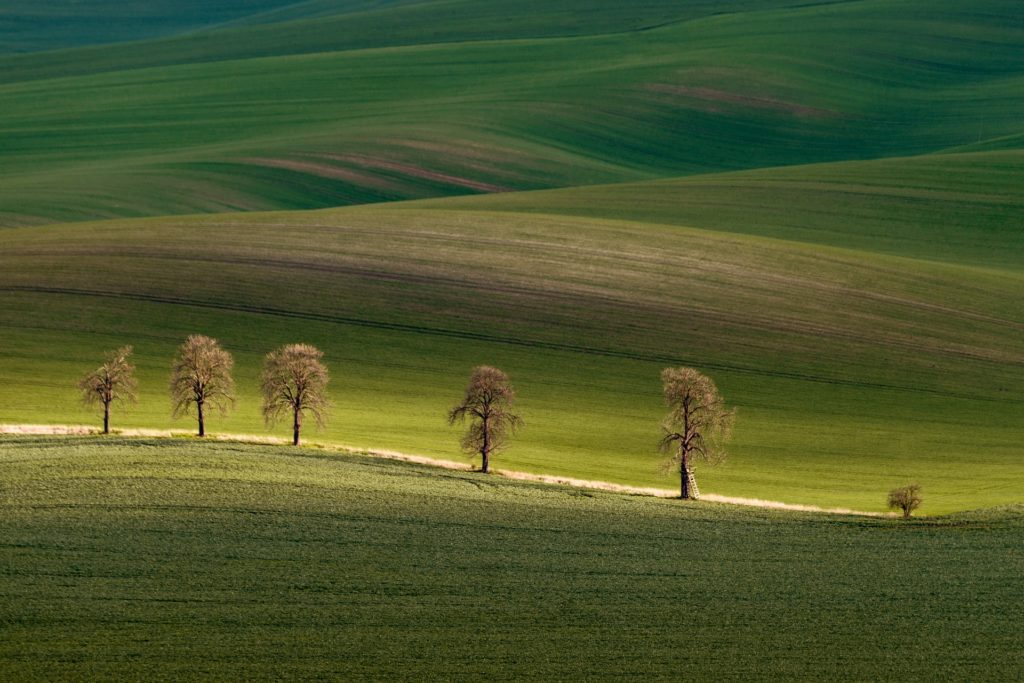
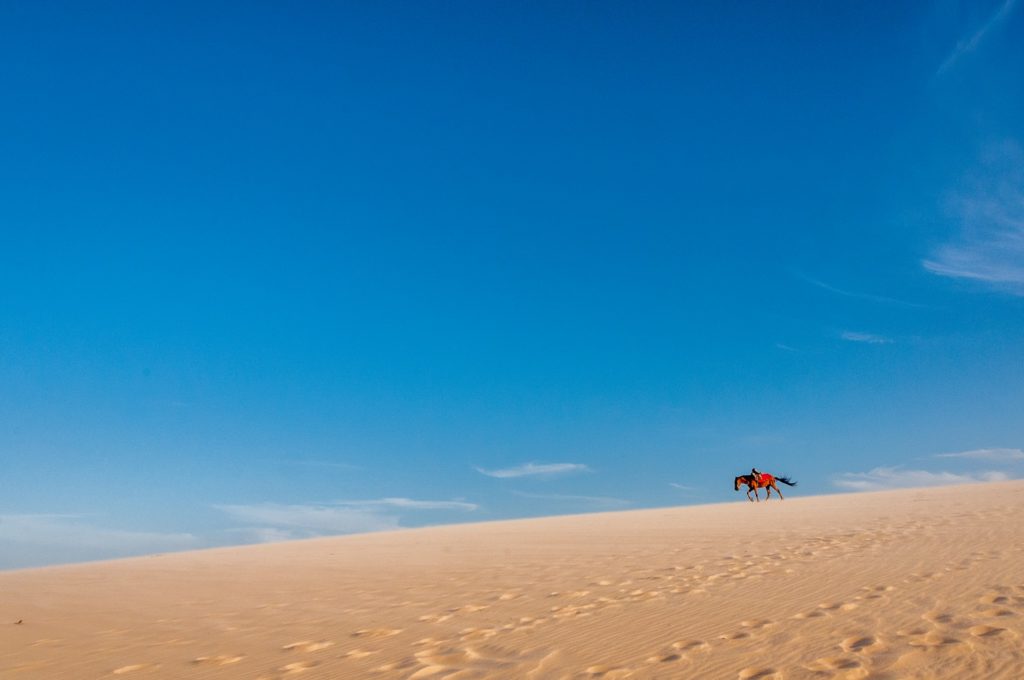
When it comes to lenses for landscapes, do not just use a wide-angle lens. Some intriguing landscape images can be made with a telephoto lens, where you are able to zoom into a scene and show a part of a landscape that is not otherwise seen or noticed in wide-angle shots.
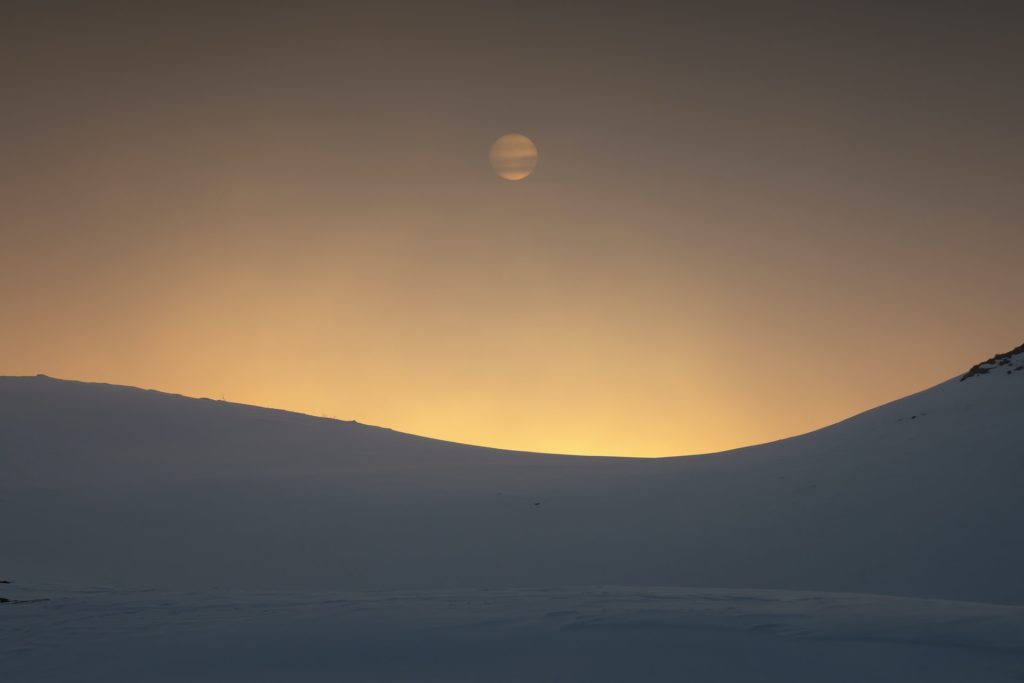
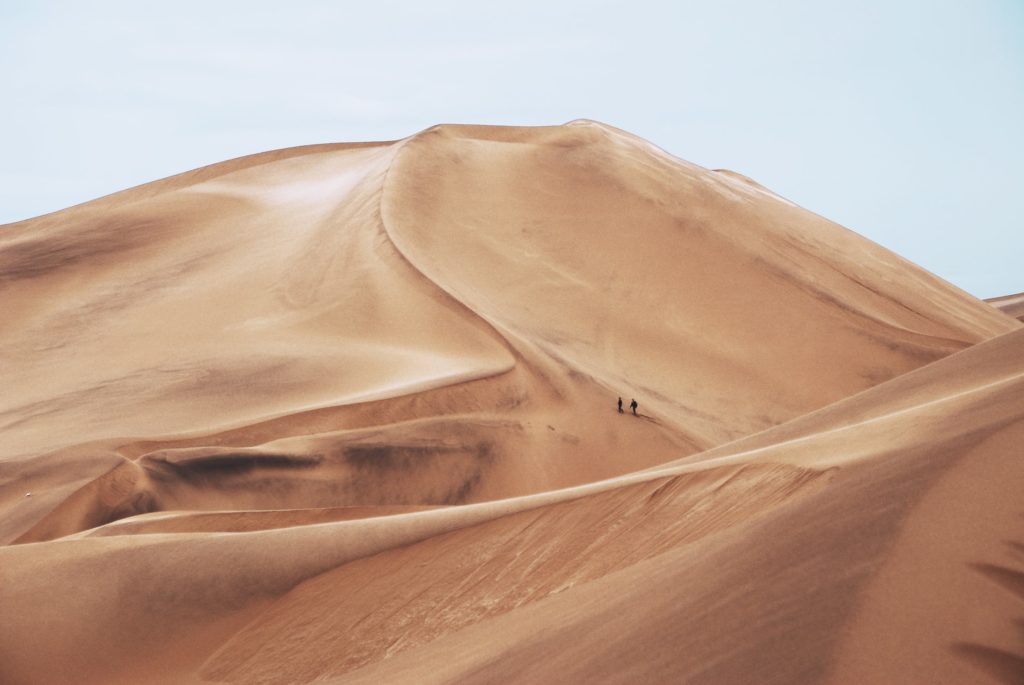
Carefully choose elements in the landscape, like a lone tree, a building, a boat, a human, an animal, birds, even the sun, moon, and the stars, so you can add a powerful focal point in the image.
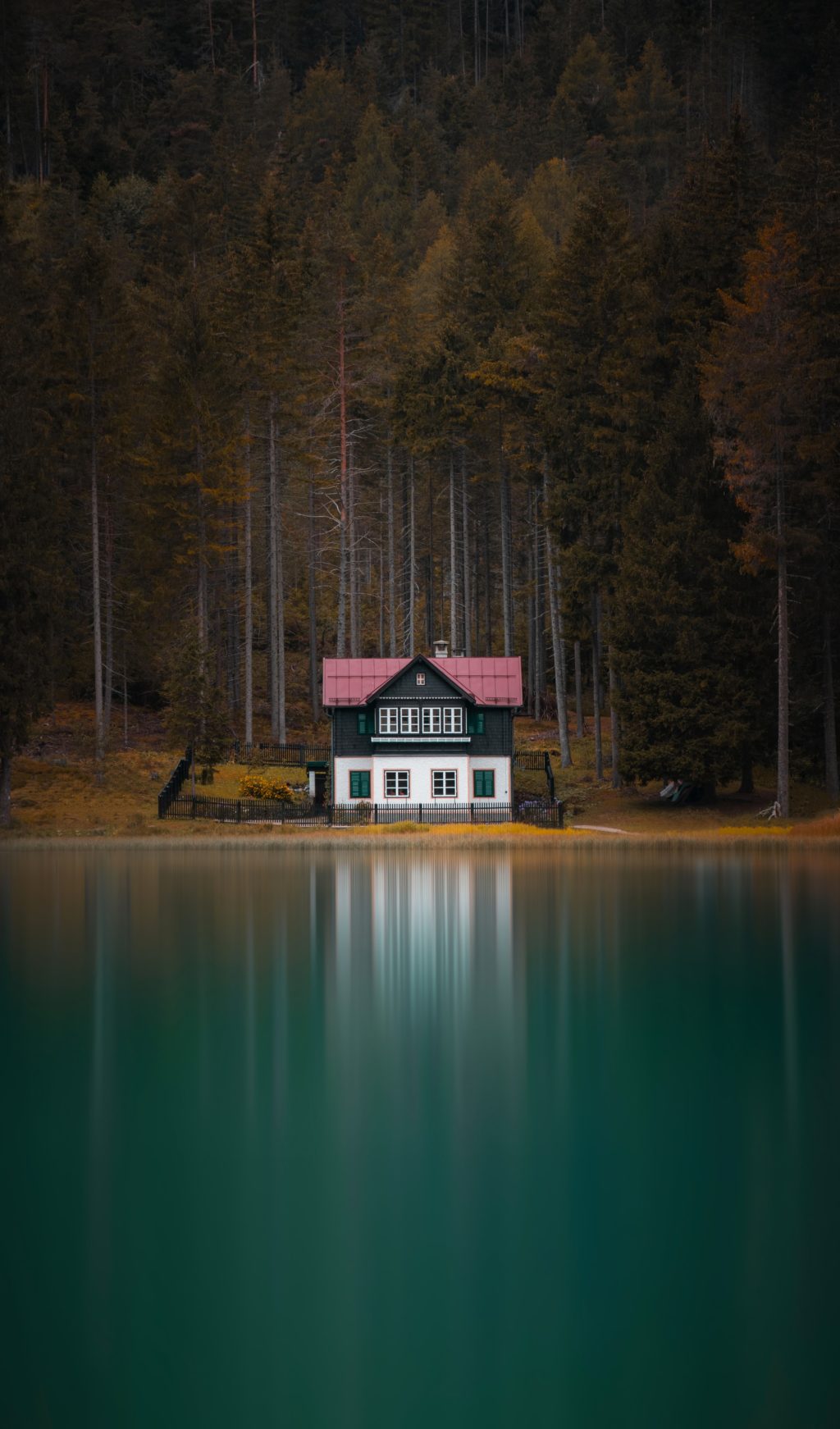
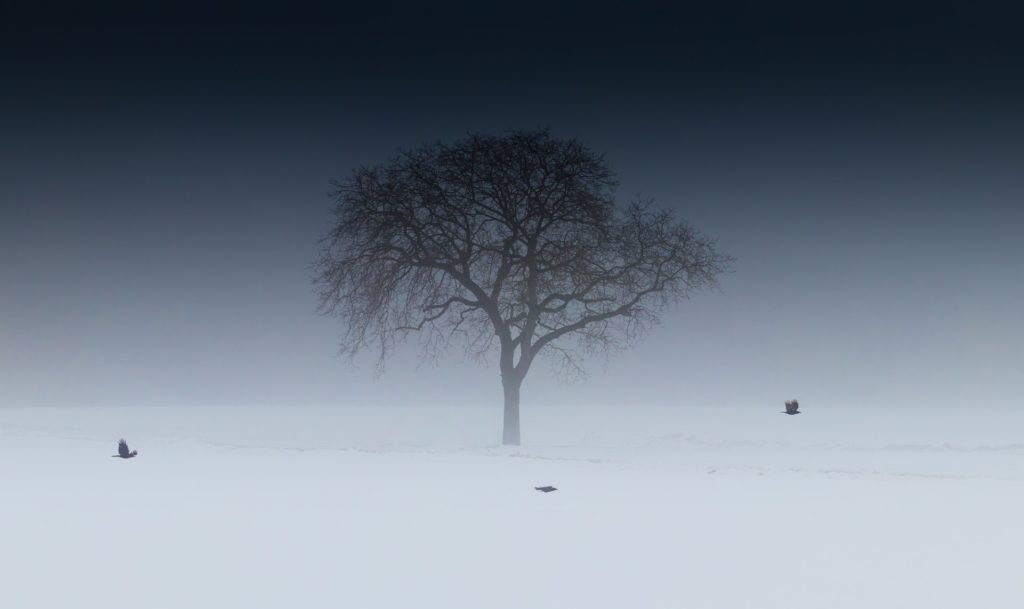
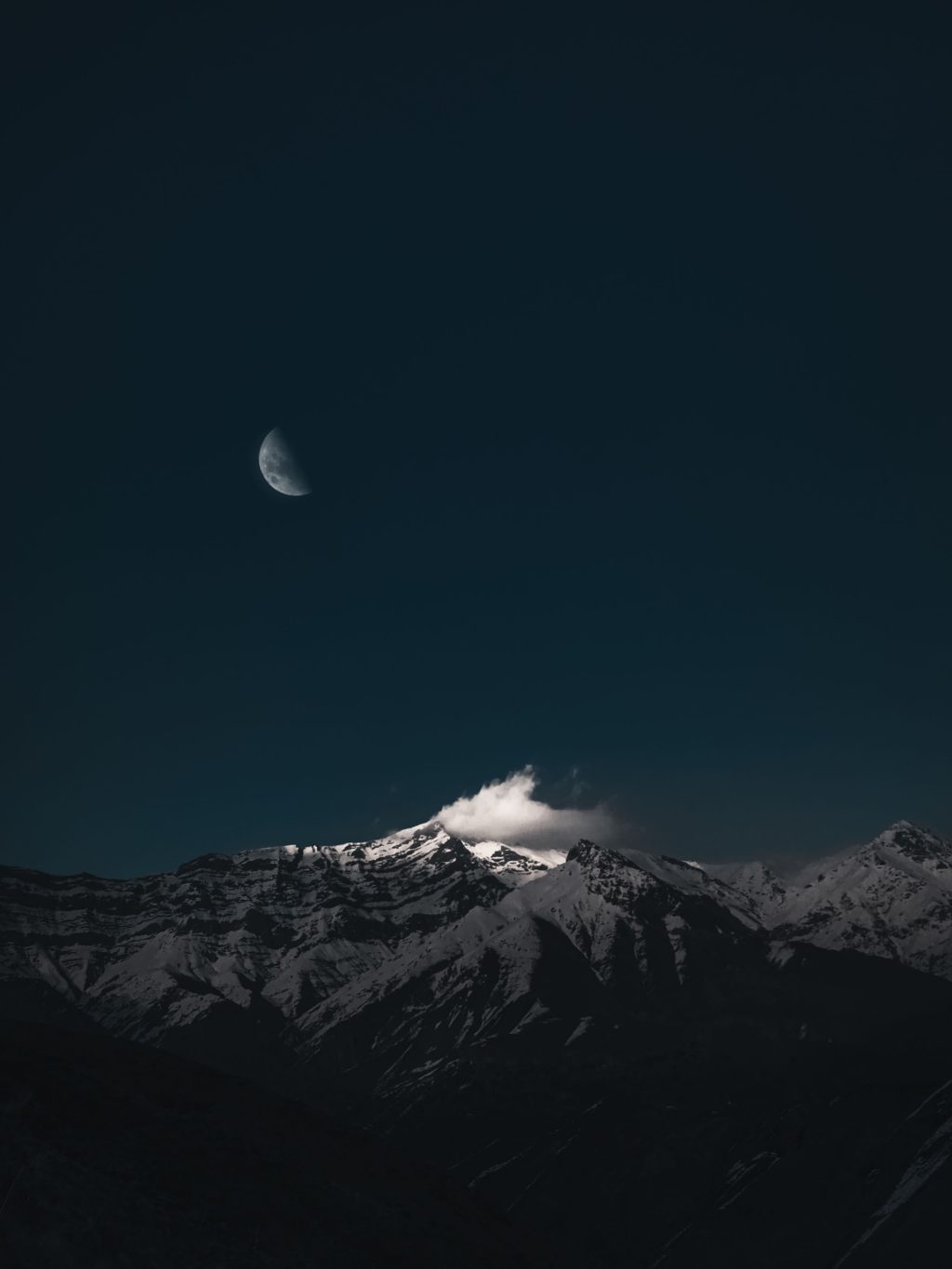
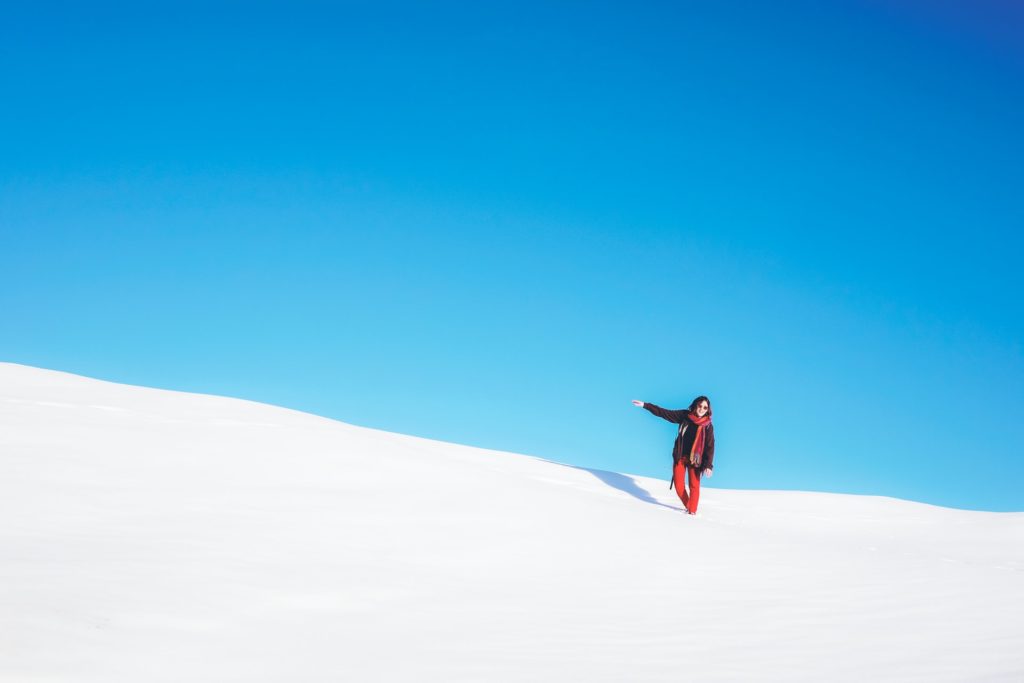
You can also use light to compose minimal landscape images. Early morning and late evening lights create long shadows and are brilliant times to highlight a part of a scene, add depth, or clearly show the shapes and forms on a landscape, especially mountains, sand dunes, etc.
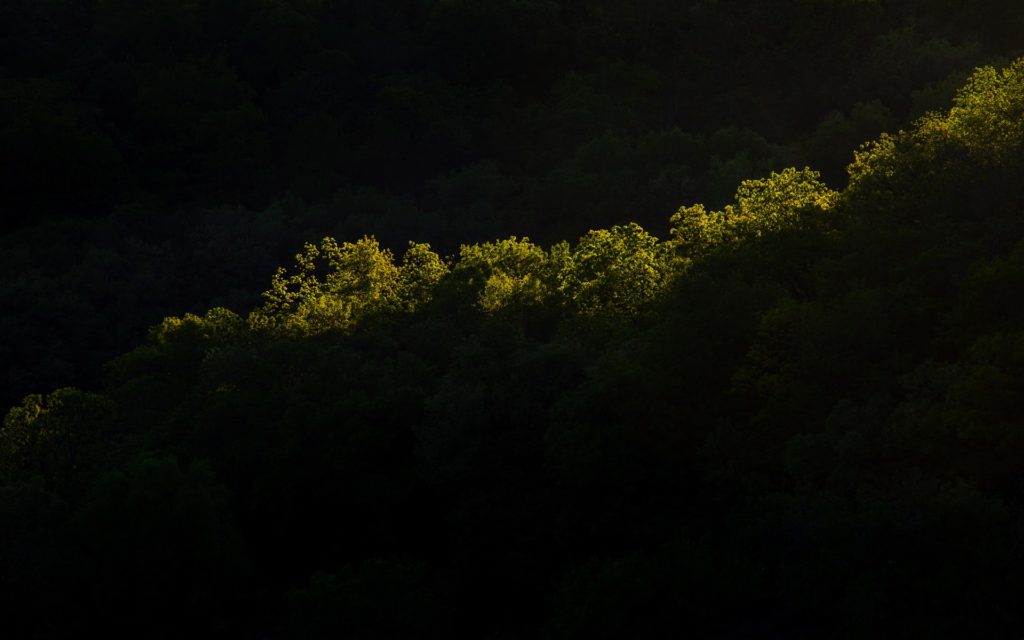
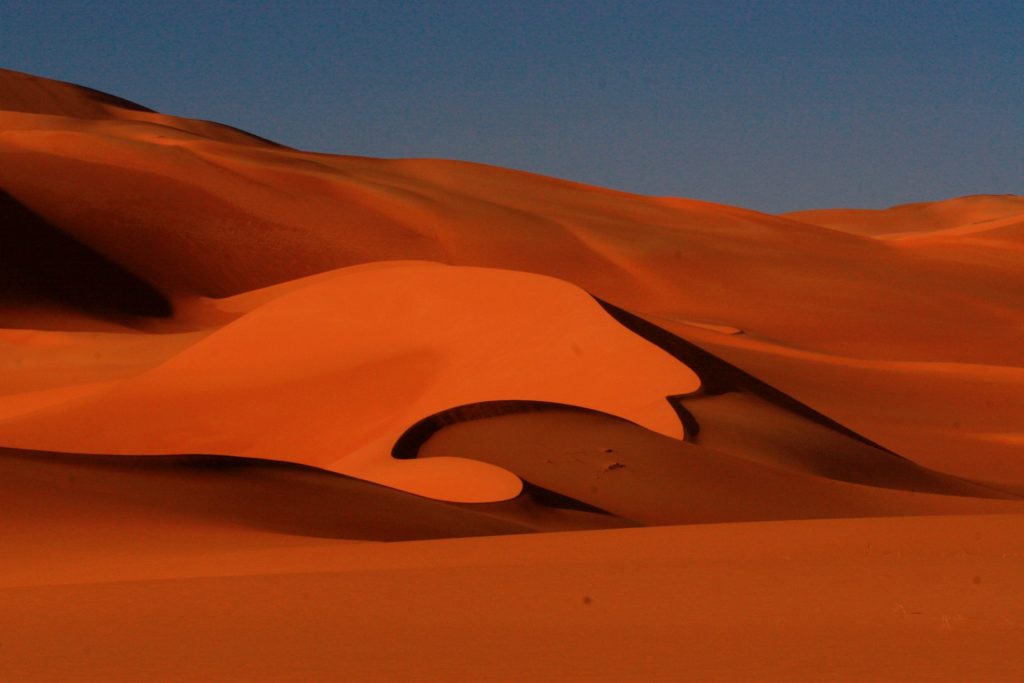
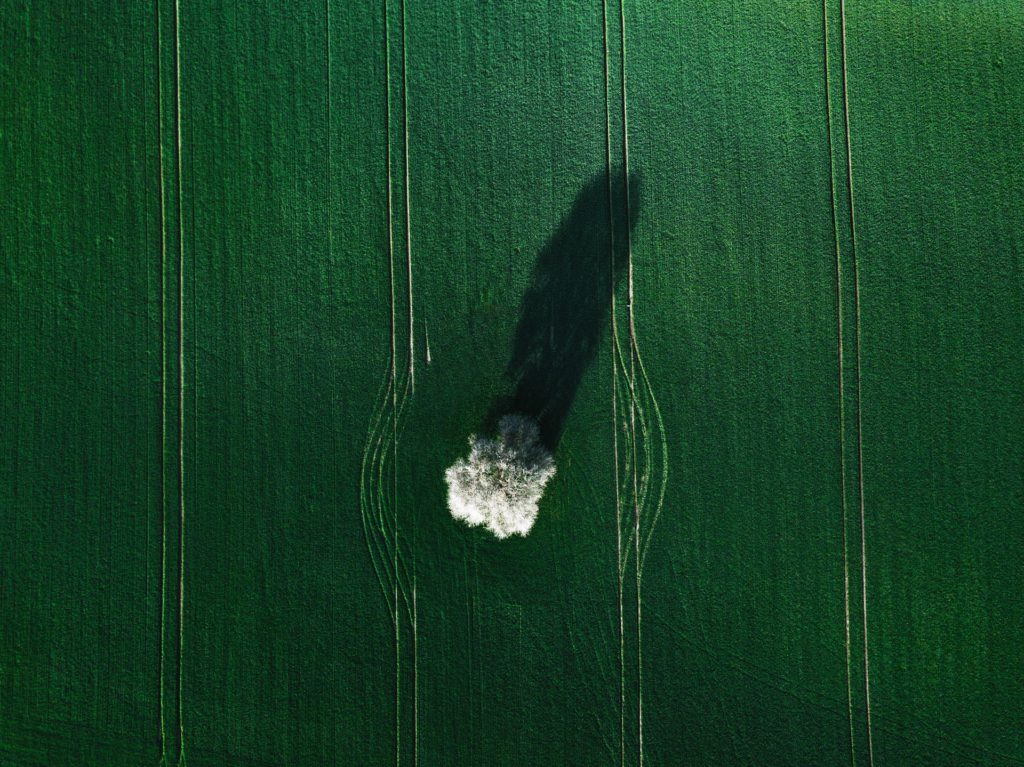
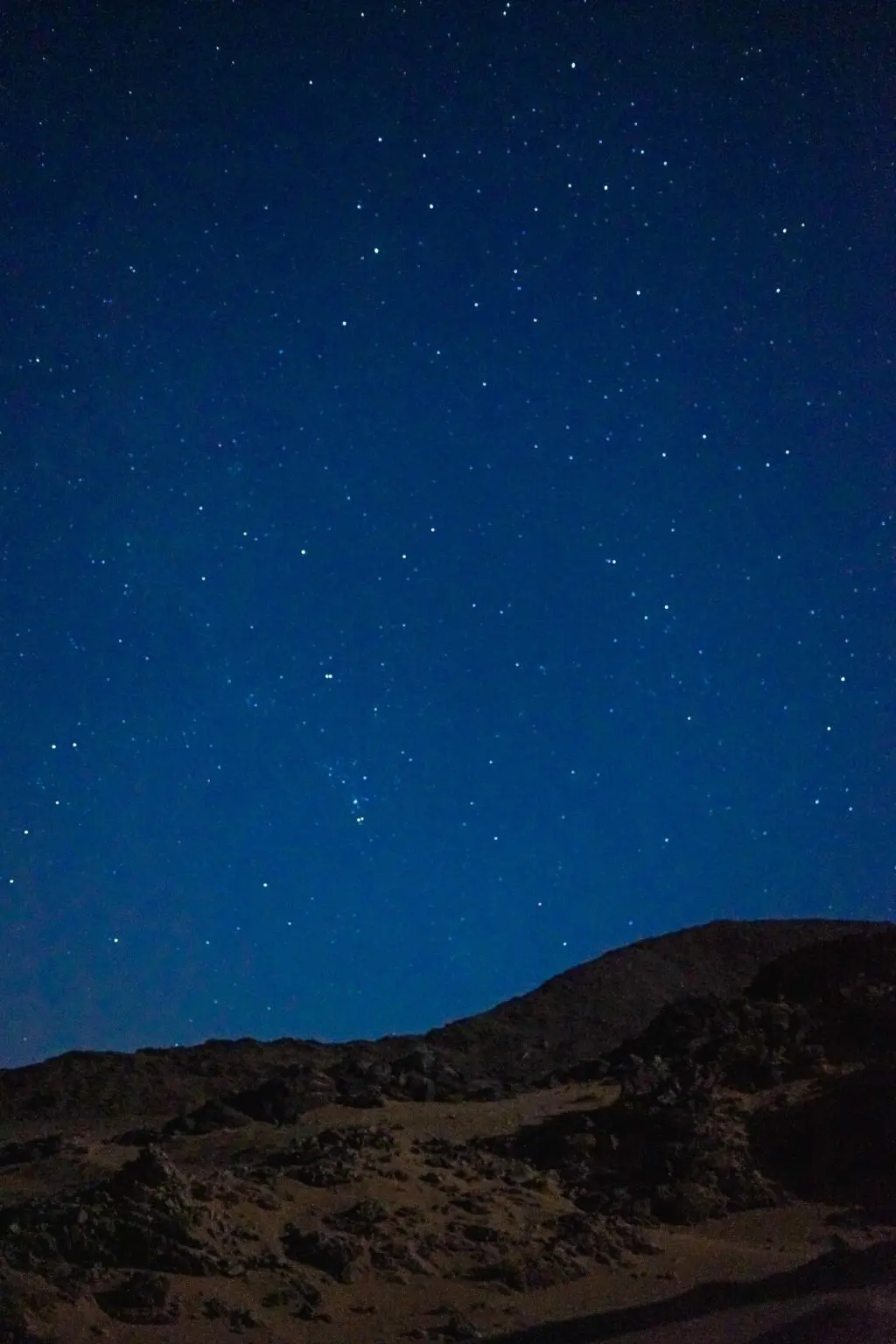
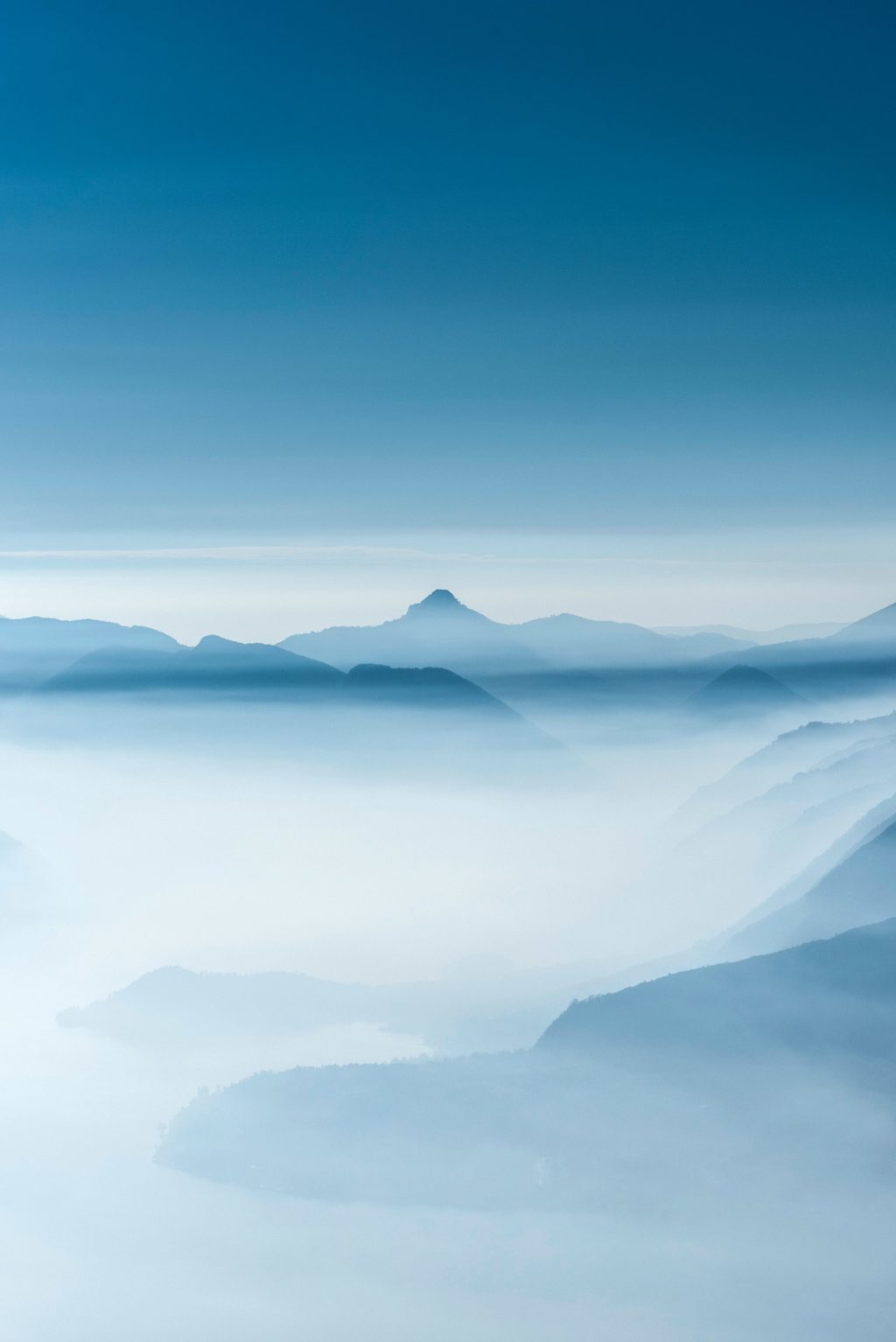
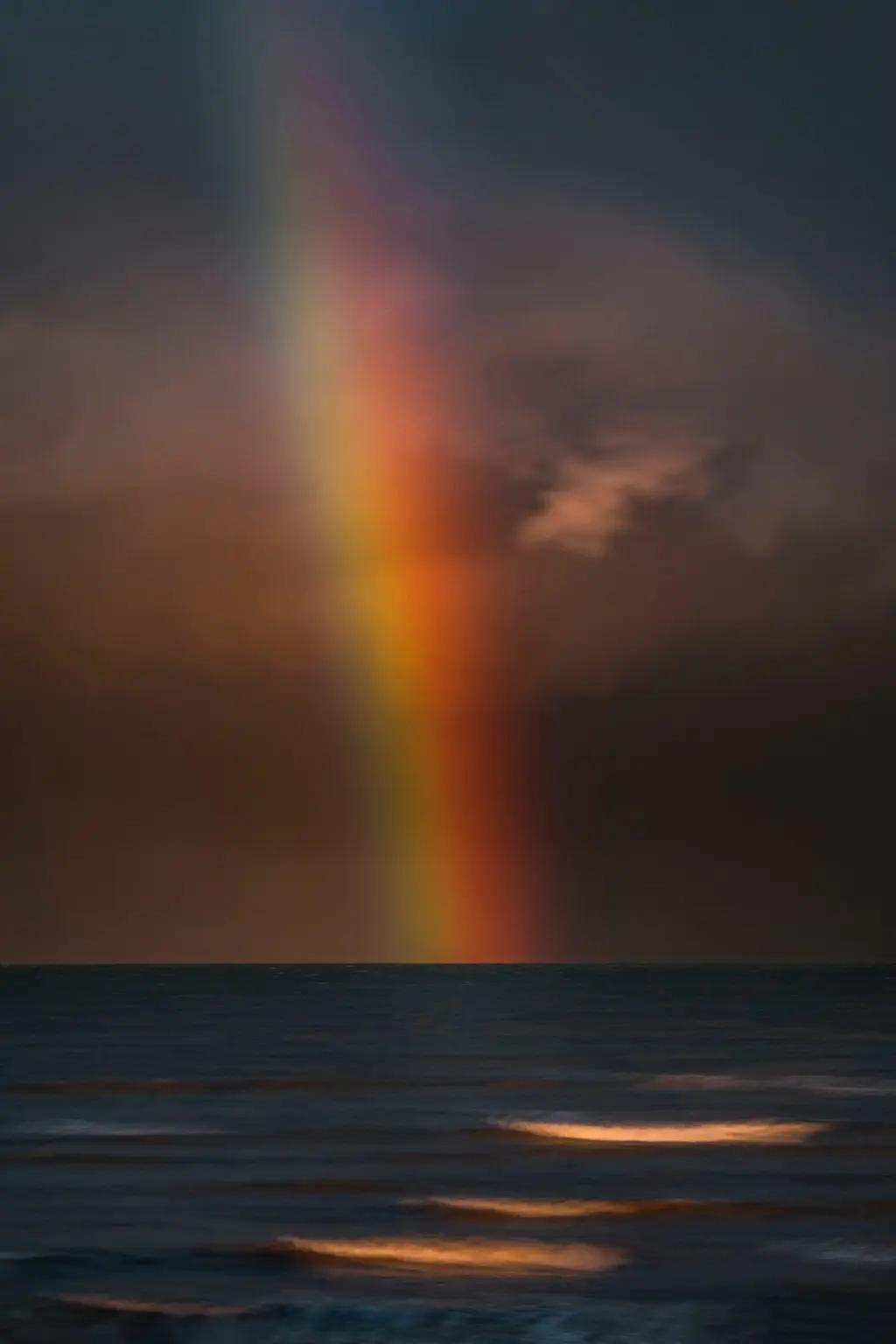
By going minimal, you can keep colors to a minimum so the viewer can focus on something important in the landscape. You can have two or a maximum of three prominent colors in the landscape. Either go for contrasting colors or different shades of the same color – whichever is effective for the scene you are photographing.
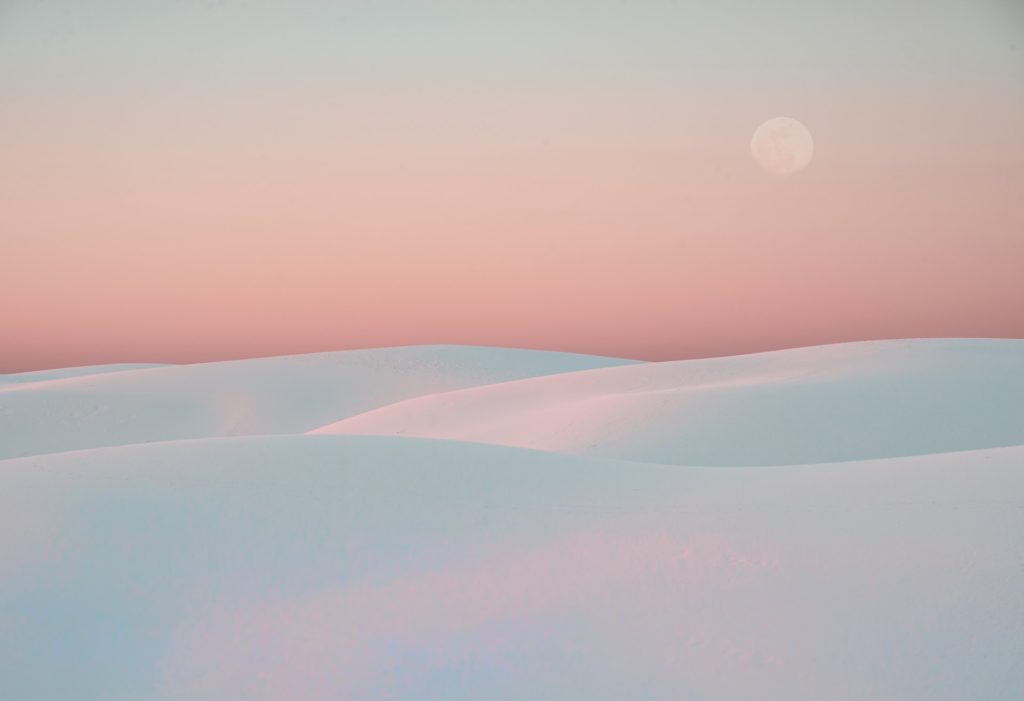
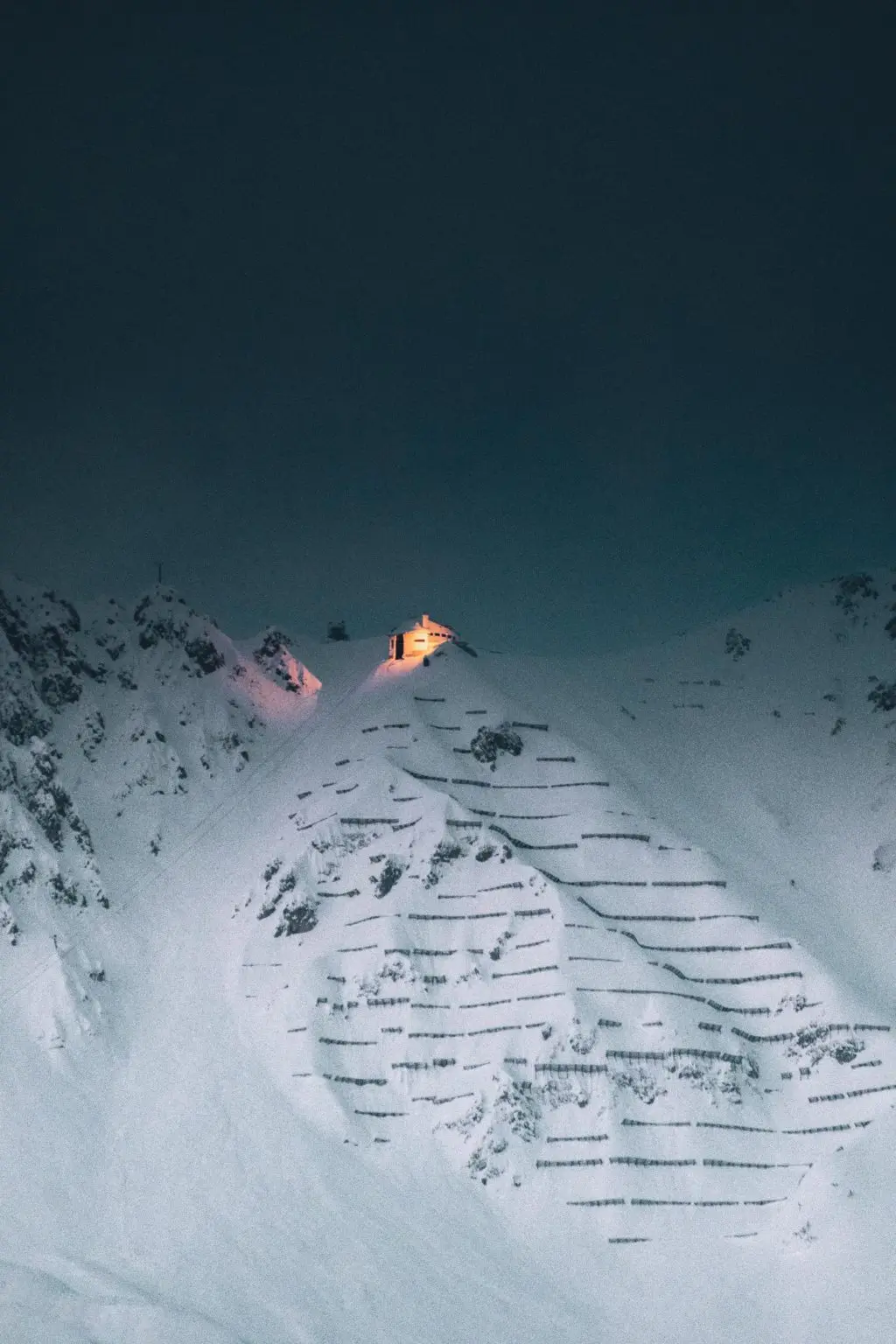
Minimal landscape photographs can be very powerful in their simplicity because of the unique elements you will be adding to make the composition great. It requires mastering a few techniques and in order to do that, check out Kent DuFault's guide to landscape photography.
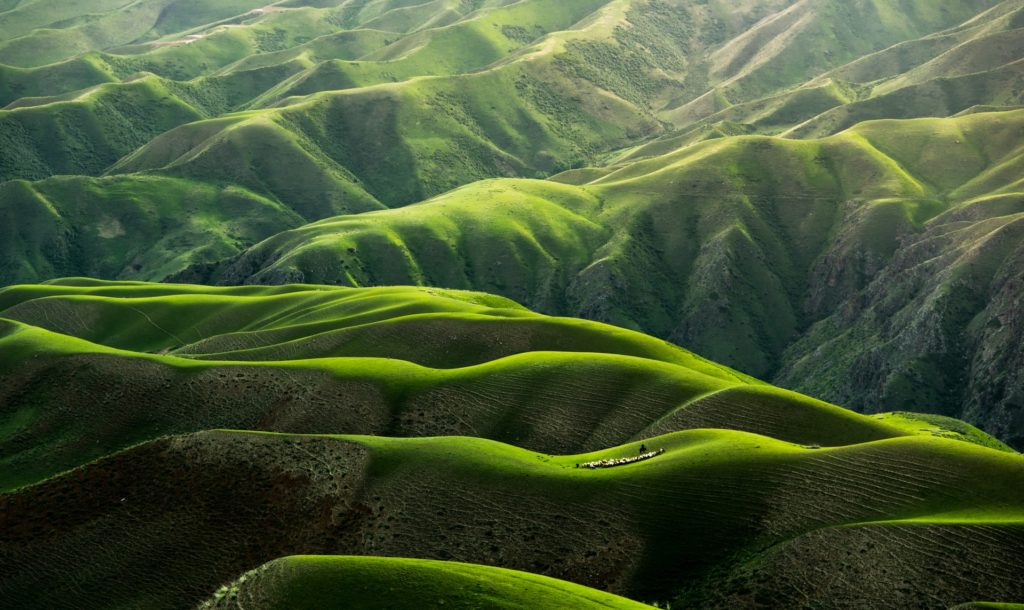
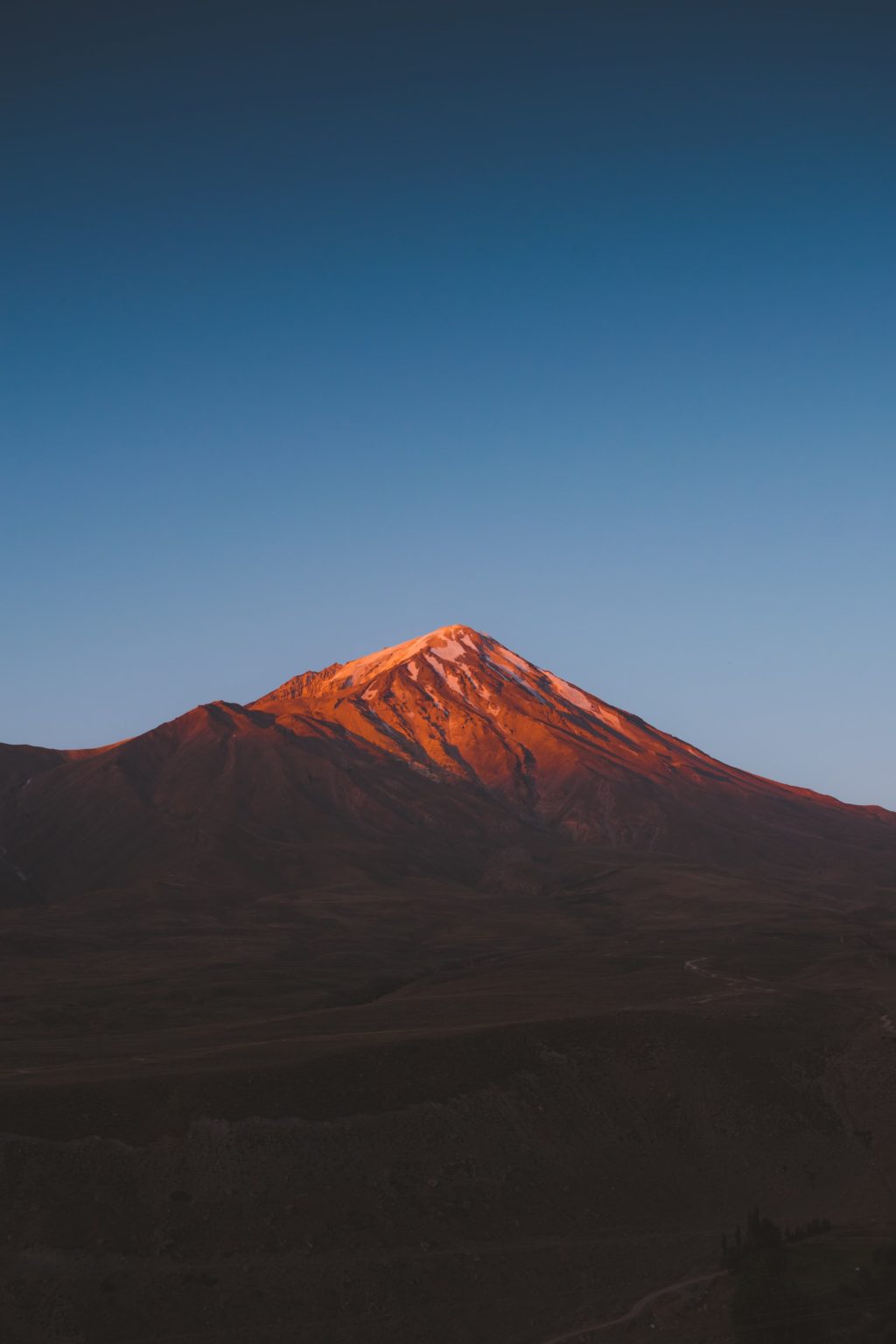
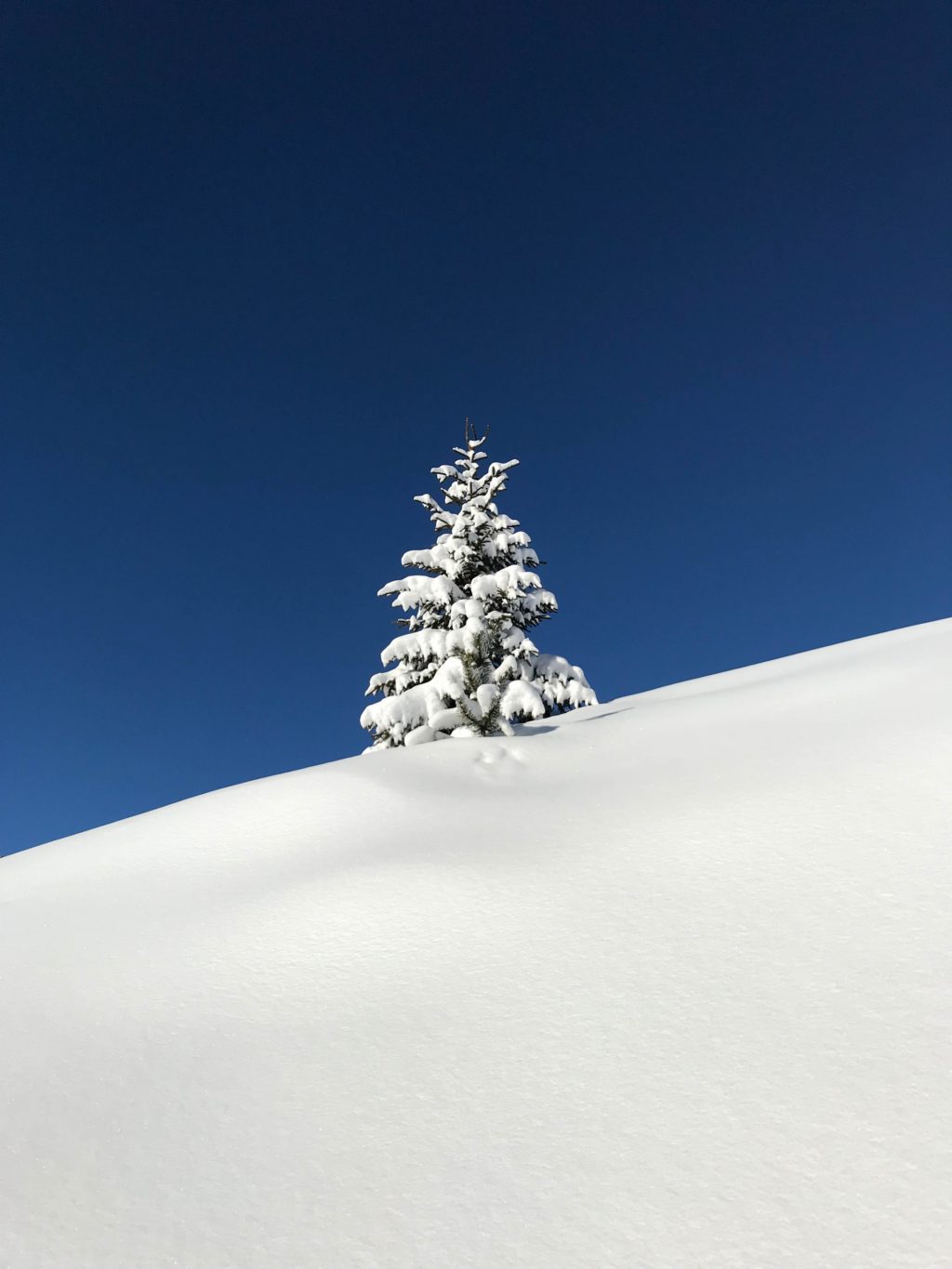
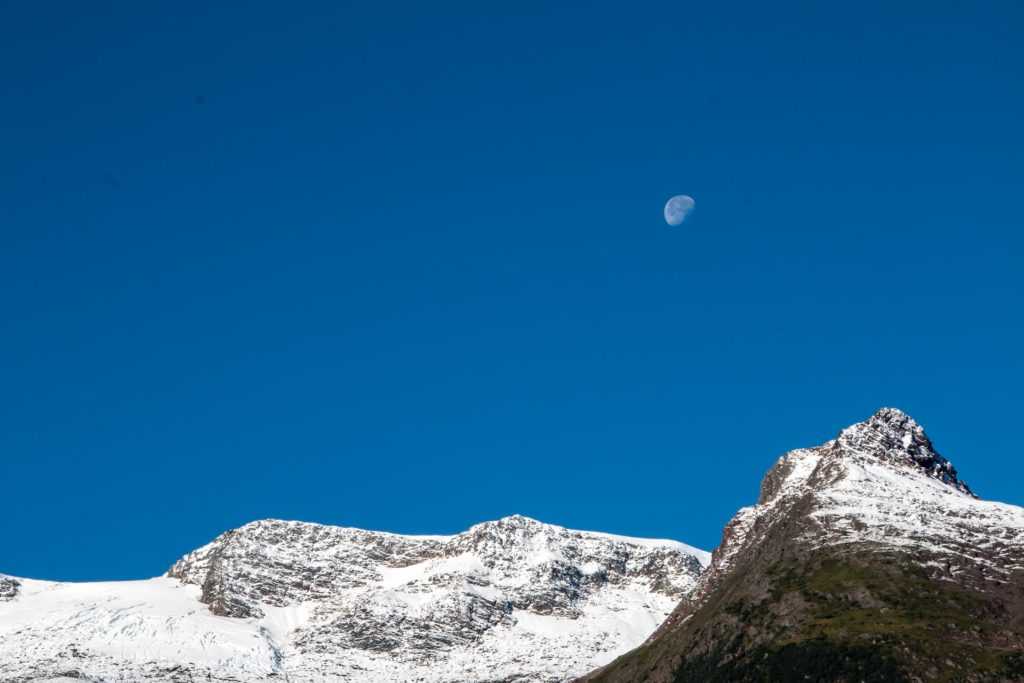
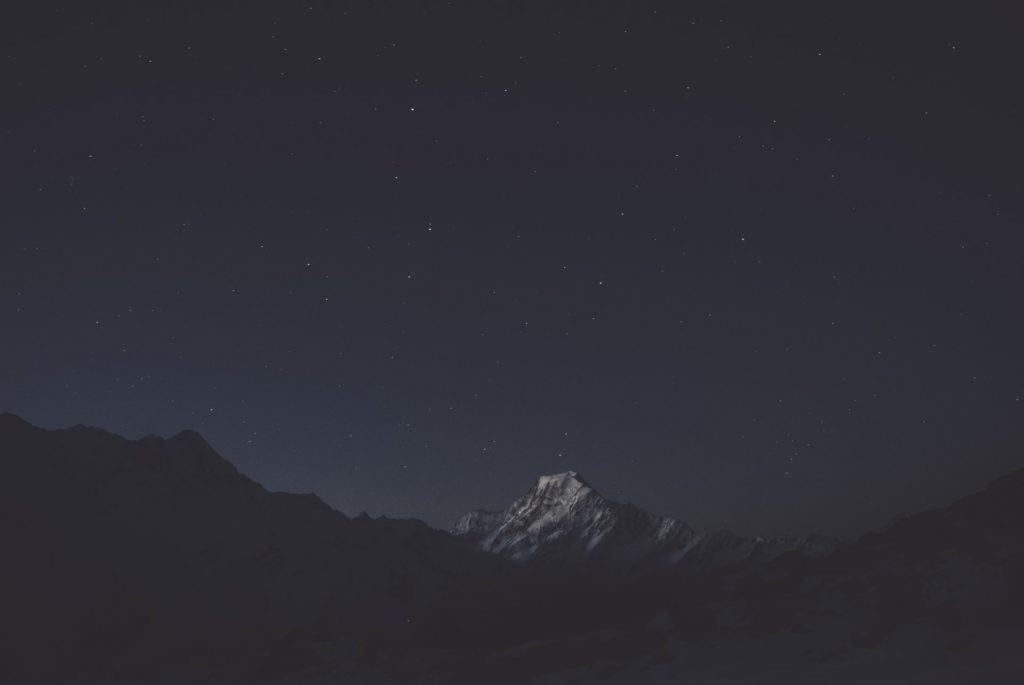
Look for actions in the landscape to make the minimal landscape look interesting. For example, the wind blowing away the sand, trees blowing in the wind, birds flying in the scene, someone walking, a rainbow, an interesting shadow, reflections, etc. These can make the minimal landscape more interesting.
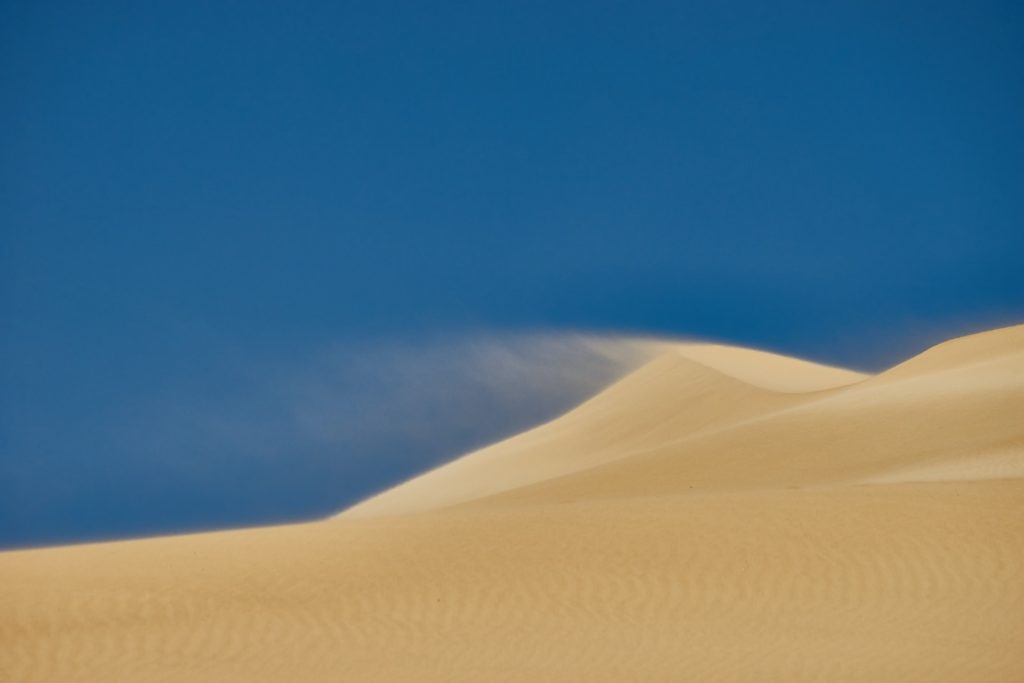
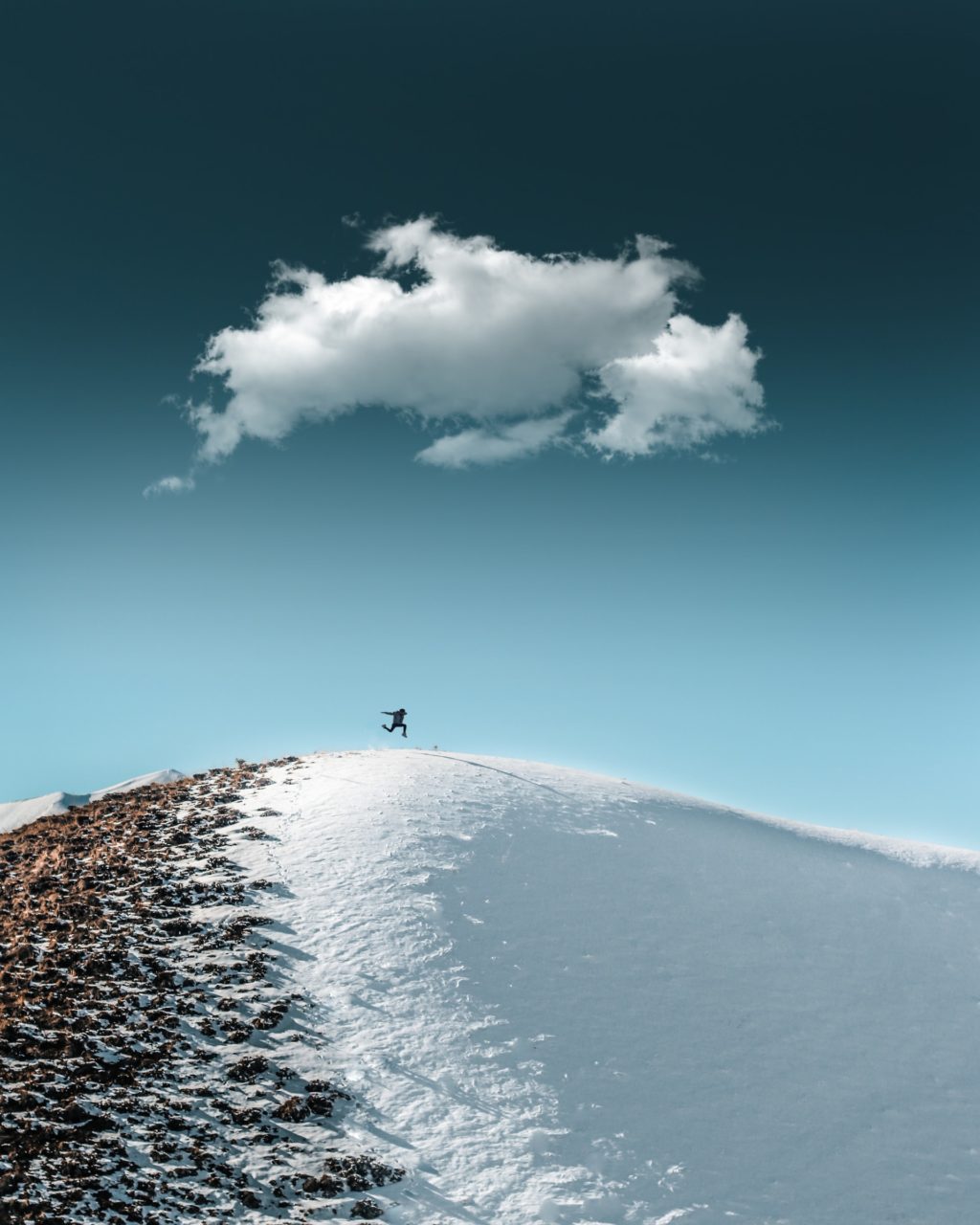
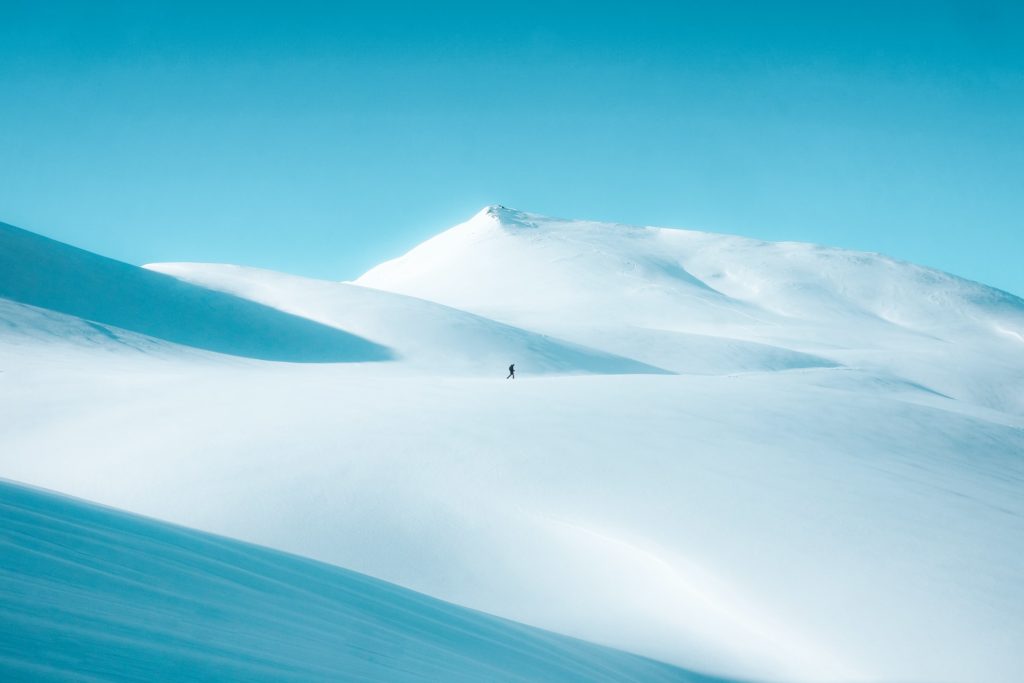
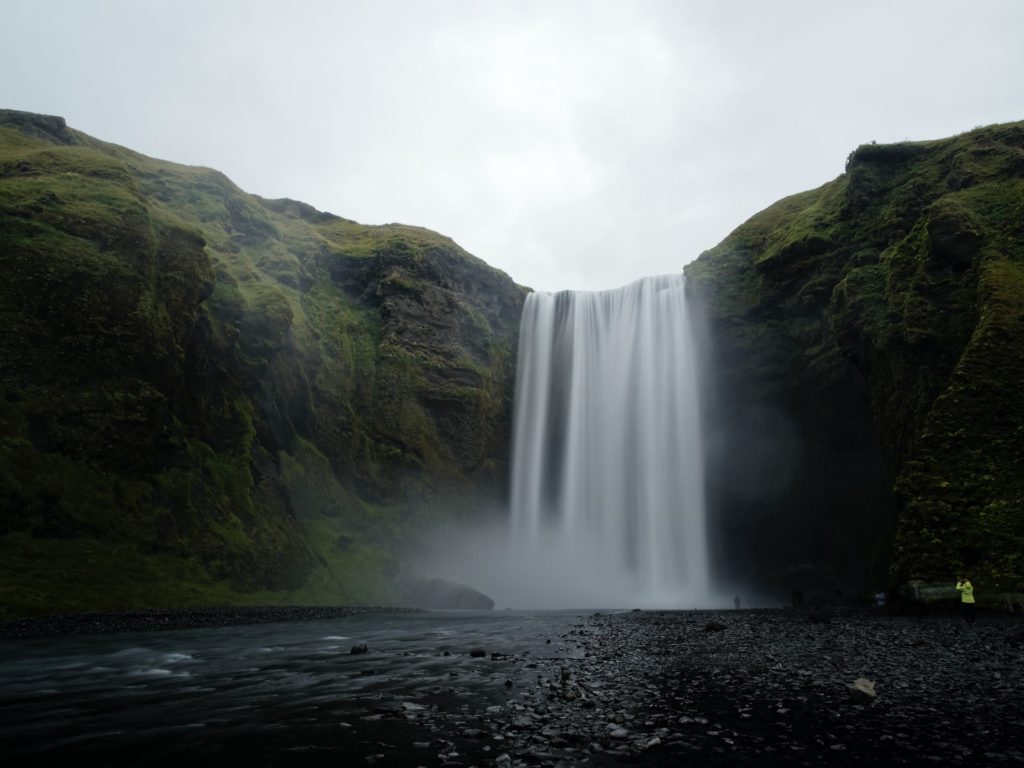
Looking at these landscape photos, you can see that creating a beautifully minimal landscape photo is not that difficult at all. You just need to look around and find an area or declutter a scene and frame it. Using clever compositional guidelines or a combination of compositional guidelines, you can create stunning minimal landscape photographs.
If you have a stunning minimal landscape photo that you would like to show us, feel free to share in the comments section below!
If you are looking to improve your landscape photography or if you want to master the techniques for brilliant landscape images like these, then Kent DuFault's guide to landscape photography would be the best choice.

